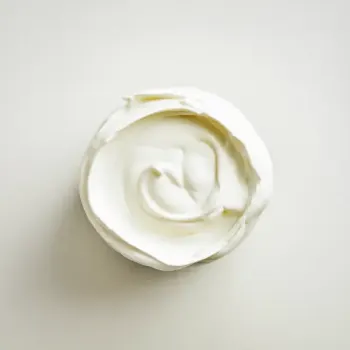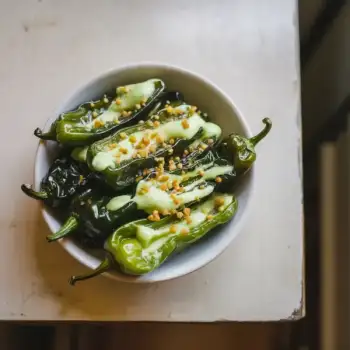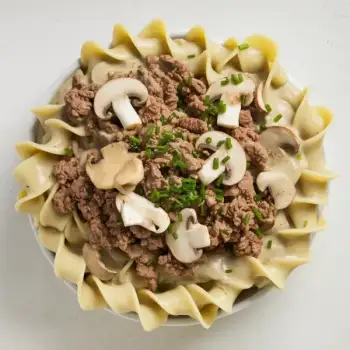


Light Sour Cream
Made with less fat than regular sour cream, often by diluting it with milk or by using a lower-fat cream. It has a similar tangy flavor but with fewer calories.
Regular Sour Cream
A dairy product obtained by fermenting regular cream with certain kinds of lactic acid bacteria. The bacterial culture, which is introduced either deliberately or naturally, sours and thickens the cream.
Flavored Sour Cream
Sour cream that has been mixed with additional flavorings such as chives, onion, or dill for added taste.
Non-Dairy Sour Cream
A plant-based alternative to traditional sour cream, often made from soy, coconut, or cashews. Suitable for vegans and those with lactose intolerance.




light sour cream: Breakstone's
regular sour cream: Daisy Brand
flavored sour cream: Daisy Brand
non-dairy sour cream: Tofutti

Baking: Sour cream is often used in baking to add moisture and a subtle tang to cakes, muffins, and breads. It can also tenderize gluten, resulting in a softer texture.
Marinades: Sour cream works well as a base for marinades, especially for meats, as its acidity helps tenderize the protein while adding flavor.
Dollop or Topping: A dollop of sour cream can be used as a topping for soups, chili, tacos, and baked potatoes, providing a cool and creamy contrast to the dish.













